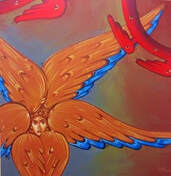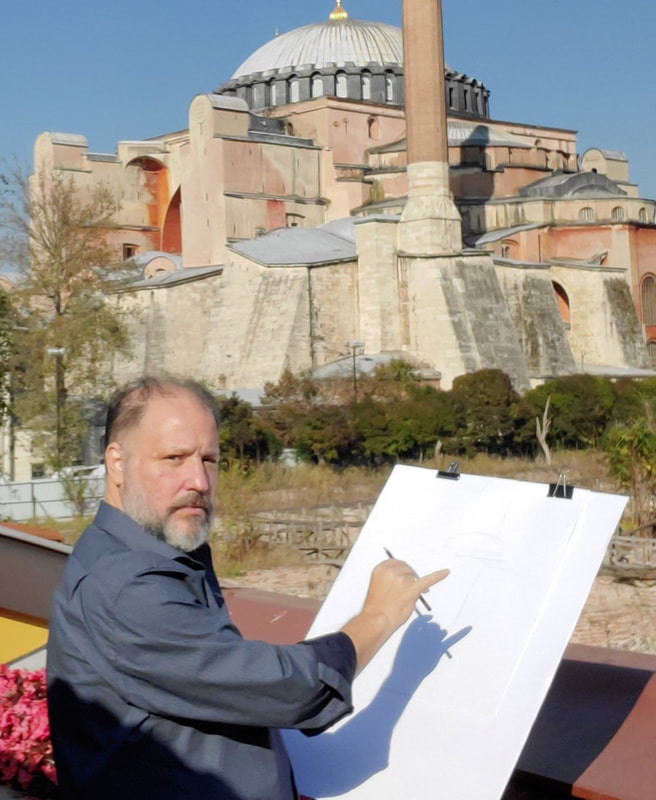Not to repeat the sins of the past, |
|||||||
| revisit_the16th_c.pdf | |
| File Size: | 485 kb |
| File Type: | |
As the throne of Constantinople contend with the everchanging whims of the Sultans, the Moscow church presided under the abuses of Ivan the Terrible. In attempts to sever ties with the Czar the Hundred Chapter Council of 1551 unified church ceremonies and duties throughout the Moscow Church. Reinforced by these reforms, the Moscow Church felt powerful enough to occasionally challenge the policies of the tsar. Metropolitan Philip eventually engineered Ivan’s deposition and murder.
The 12th Ottoman Sultan, Murad III (1546-1595) and the first Czar of Russia, Ivan the Terrible (1533-1584) inflicted such a devastating blow to Orthodoxy that we are still feeling the repercussions four centuries later. Eerily today we find political leadership of Turkey and Russia; Erdogan and Putin both attempting to revitalize aspirations of empire’s lost, and both seeking the fabricated “Third Rome” status…
The territorial map of 16th century Russia (dark green) is only a fraction of what we think of today.
ere we see the growth of Russia from the period of the tomos (dark green), and subsequent 17th and 18th centuries. “In the second half of the 18th century, the borders of Russia expanded again into the north and to the east. In those years, Russian merchants discovered the Aleutian Islands which formed in the Pacific Ocean a chain from the eastern shores of Kamchatka to the western shores of North America.” Missionaries led by Germanus (known today as St Herman) departed from Saint Petersburg in 1793 and they arrived on Kodiak Island on September 24, 1794. Despite the uncanonical expansion of the Russian missionary, they in obedience, sowed seeds of holiness and Orthodoxy in modern day Alaska.
The next century of Orthodox “rebirth” was ushered by the collapse and slow deterioration of the Ottoman Empire and the Balkanization of Orthodoxy. A critical Russian aggression would manifest itself at the end of WWI with the establishment of ROCOR (Russian Orthodox Church Outside Russia) a pseudo-ecclesial semi-autonomous body created under the guise of being an “independent jurisdiction as a result of Russian bishops losing ‘regular liaison’ with the central church authority in Moscow.” The ROCOR encapsulated their theories in order to support their imperialistic Russian Orthodox nationalist views against the "Greek" Ecumenical Patriarchate of Constantinople. The Orthodox lexicon is still tainted by the talking points of this indoctrination. In an excellent article Historical Background of the Tensions between Moscow and Constantinople, Alexander G. Dragas offers several unecclesiastical and uncanonical theories developed by this propaganda group:
• Autocephaly : The notion that each local Church is autocephalous when its leaders, who are ordained by Christ, then ordain their successor Bishops. No local Church (i.e. Constantinople) can interfere in the affairs of another local Church (i.e. Moscow). (John of Shanghai, Troitsky & Grabbe).
• Third Rome : The 19 th century concept that Moscow (Third Rome) and its Tsar became the God ordained protectors of Orthodoxy after Constantinople abdicated its position through its betrayal of Orthodoxy in the Synod of Florence and as a result was enslaved to the Turks.
• Greek Papism : The notion that Constantinople still seeks to dominate all the independent Orthodox Churches in order to create an Orthodox Papacy. The main attacks in this respect were directed against Patriarchs Meletios IV and Gregory VII of Constantinople who were berated for distorting canon 28 ECIV in order to take over former Russian lands (Poland, Finland, Estonia, Latvia, etc.) and usurp the role of Third Rome (now identified with ROCOR) (Nikolaev & Troitsky).
• Primacy of Authority : The theory that canon 3 ECII only gave Constantinople " primacy of honor ", which Constantinople reinterpreted to mean " primacy of authority " over all the Orthodox Churches. In reality, they argued that Canon 28 ECIV, which repeated Canon 3 ECII on the " primacy of honor," purposefully restricted the jurisdiction of Constantinople to the Churches of Asia, Pontus and Thrace (Grabbe & Troitsky).
The self-aggrandizement of the “modern” Moscow Patriarchate discriminately disregards its historical illegitimacies in many circumstances. Of late the Moscow Patriarch’s many aggressive ecclesial shuffles with his pervasive presence in the Western Europe (France, Poland, Czech Republic), the New World (USA, Canada…), Asia (China, Korea…), and churches of the former Soviet Union (Hungary, Bulgaria, Georgia…). The Moscow Patriarchate has maintained its Czarist Russian and Soviet ideology of expansion and intrusion. Even today Patriarch Kyrill (Vladimir Gundyaev) promotes a ridiculous assertion "I am the only free Patriarch" ignoring rumored ties to the KGB, Putin and ultimately Russia’s political adventures in Syria, Georgia, Korea, Israel, Turkey and beyond.
Perhaps more glaring impositions of Moscow’s Patriarch aggressions are those encouraging disunity. Unwarranted interventions into local ecclesial affairs of other autocephalous churches, unduly pressuring regional churches once engulfed in the Soviet Union to subtle discord. Conceivably more injurious to the church is the apparent lack of philotimo or Christian ethic, honoring consented texts the inter-Orthodox dialogues and breaches in agreed coordinated events like her appalling actions regarding the Holy and Great Council in Crete 2016.
Moscow’s fight against the invitation to His All Holiness by the Ukrainian people to consider autocephaly is most unwarranted. For over two decades Moscow has not addressed the looming concerns of the Ukrainian Church. Opposing biblical teaching of love and patience, Moscow has in its place issued threats of schism, ultimatums, and soviet style mass media blitz through the Synod of Moscow and its department of external affairs utilizing Russian controlled media outlets.
We are eloquently reminded by Metropolitan Emmanuel of France:
“for the Ecumenical Patriarchate, Kiev has never ceased to be outside its care. Even after granting Metropolitan Kiev's right of ordination to the Patriarch of Moscow, with the well-known Patriarchal Act of Ecumenical Patriarch Dionysios IV in 1686, the patriarch of the Ecumenical Patriarch is preserved by the Metropolitan of Kiev before the Patriarch of Moscow.”
“During the first millennium, our blessed forefathers confronted the temptation of heresy. The great temptation of the second millennium, which was also bequeathed to the millennium we have now entered, is the status of jurisdictions. The source of this problem is ethnophyletism, the propensity to expansionism and the disregard of the boundaries defined by the Patriarchal and Synodal Tomes. The Ecumenical Patriarchate bears the responsibility of setting matters in ecclesiastical and canonical order because it alone has the canonical privilege as well as the prayer and blessing of the Church and the Ecumenical Councils to carry out this supreme and exceptional duty as a nurturing Mother and birth-giver of Churches. If the Ecumenical Patriarchate denies its responsibility and removes itself from the inter-Orthodox scene, then the local Churches will proceed “as sheep without a shepherd” (Matt. 9.36), expending their energy in ecclesiastical initiatives that conflate the humility of faith and the arrogance of power.”
Archives
August 2024
July 2024
June 2024
May 2024
April 2024
March 2024
February 2024
January 2024
September 2023
August 2023
July 2023
June 2023
May 2023
April 2023
March 2023
February 2023
January 2023
October 2022
January 2022
July 2021
June 2021
May 2021
April 2021
March 2021
February 2021
January 2021
December 2020
November 2020
August 2020
July 2020
June 2020
May 2020
March 2020
February 2020
January 2020
December 2019
November 2019
October 2019
July 2019
June 2019
May 2019
April 2019
March 2019
September 2018
July 2018
March 2018
November 2017
March 2017
December 2016
November 2016
June 2016
October 2015
September 2015
Categories
All
Ecumenical Patriarchate
Moscow
Ηλίας Δαμιανάκης
Άρχων Μαΐστωρ
της Μεγάλης του
Χριστού Εκκλησίας
Author
By the Grace of God Archon Elias Damianakis has ministered in the study of Holy Iconography since 1980. In his biography you can read about Elias' life and on his portfolio page you can see where he has rendered some of his hand painted iconography or visit the photo galleries to see some of his work. There is a complete list of featured articles, awards and testimonials which you can visit, as well as a list of notable achievements here below. Please contact Elias for more information or suggestions for this website, thank you and God Bless.
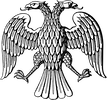
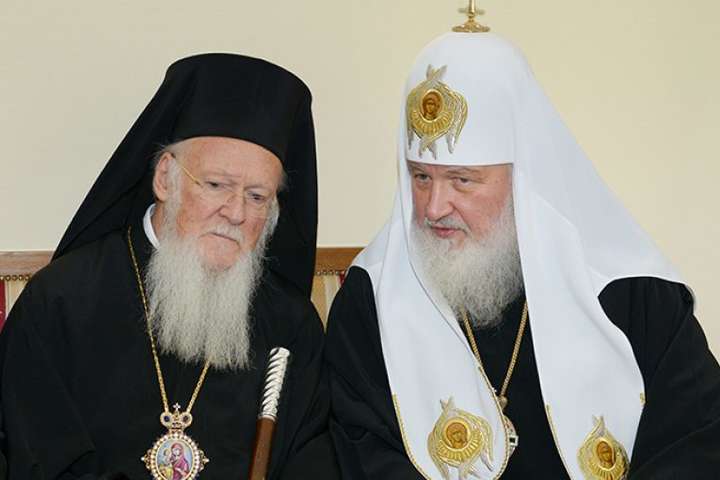
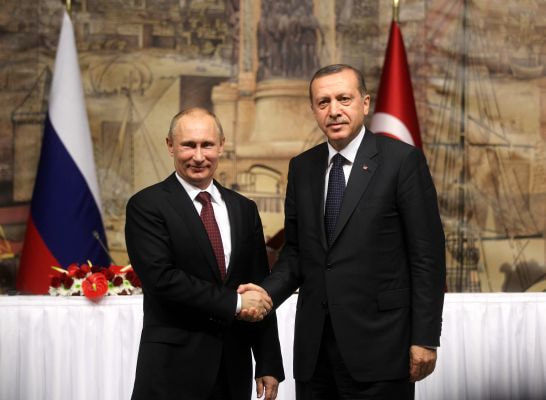
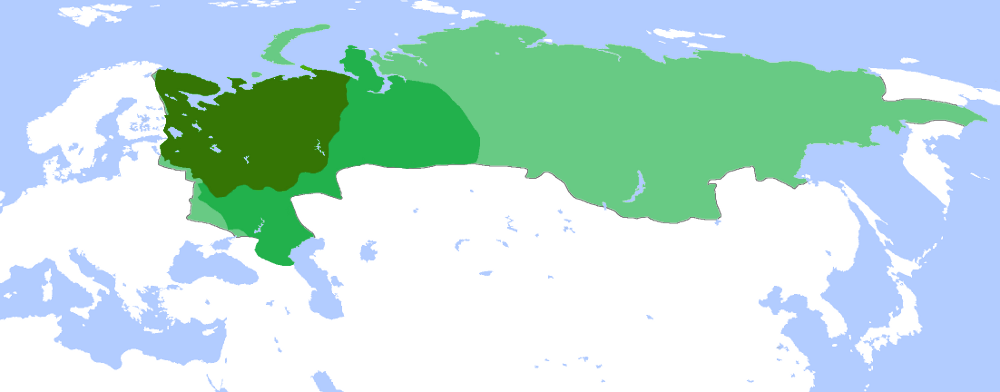
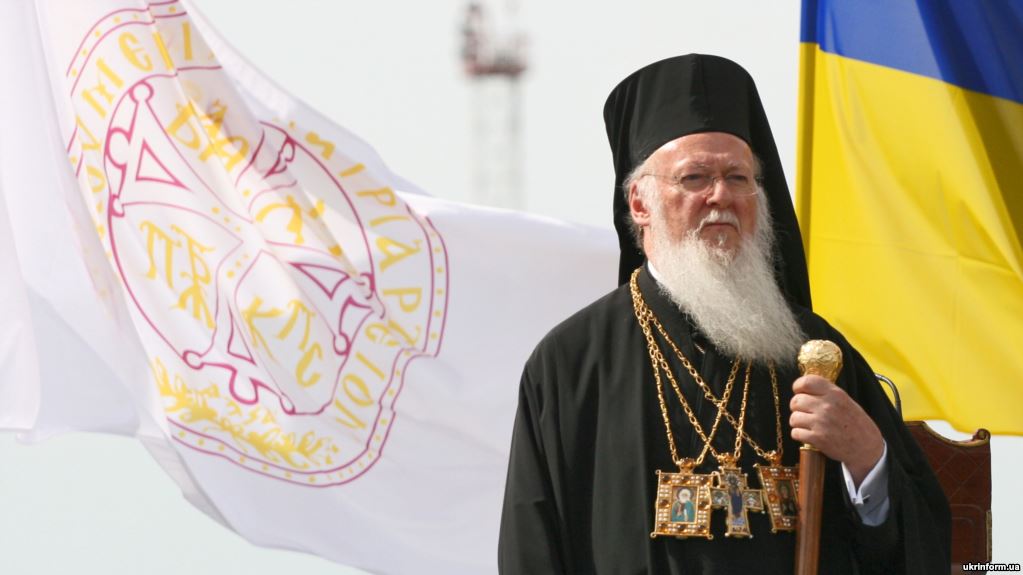

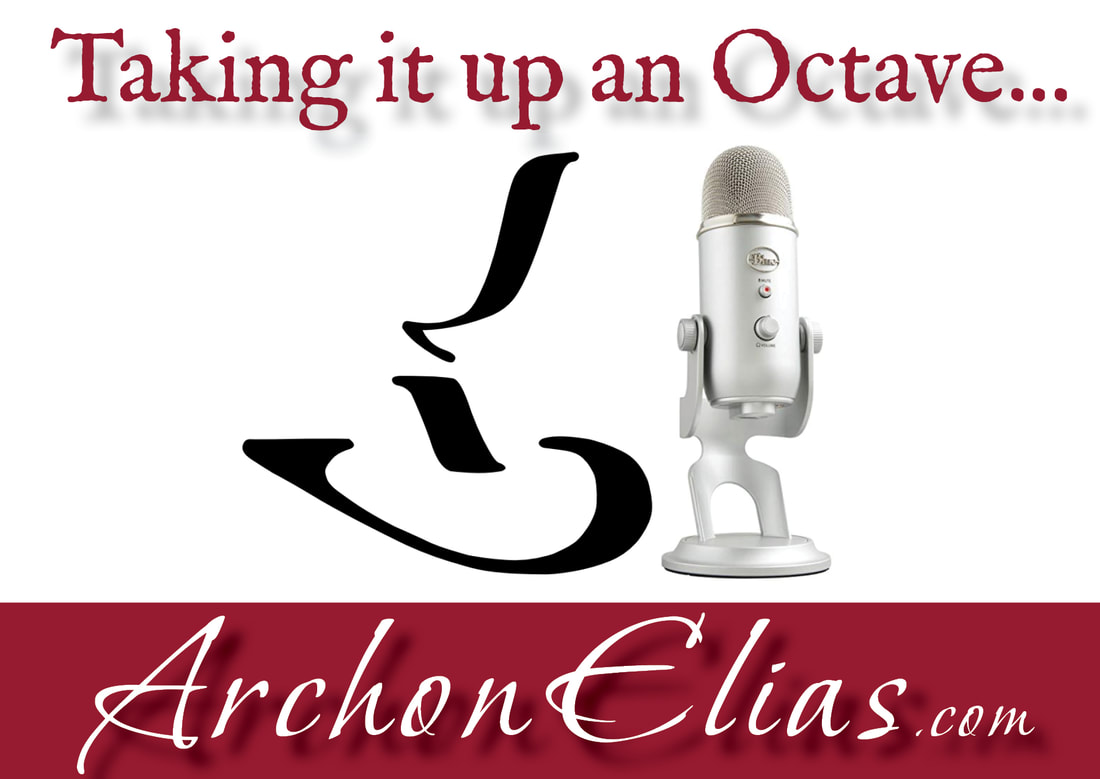
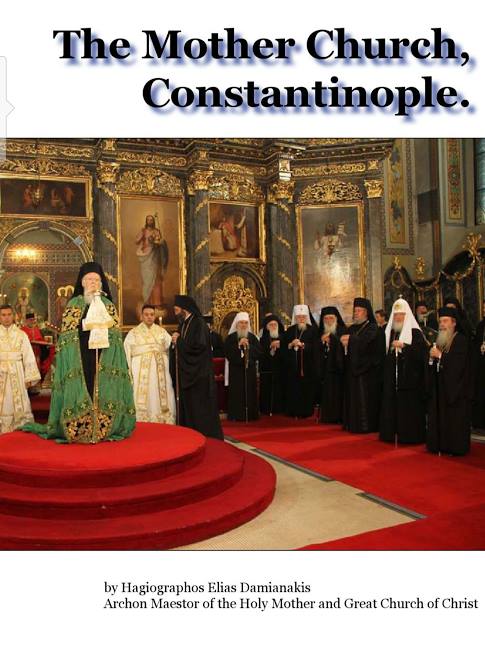
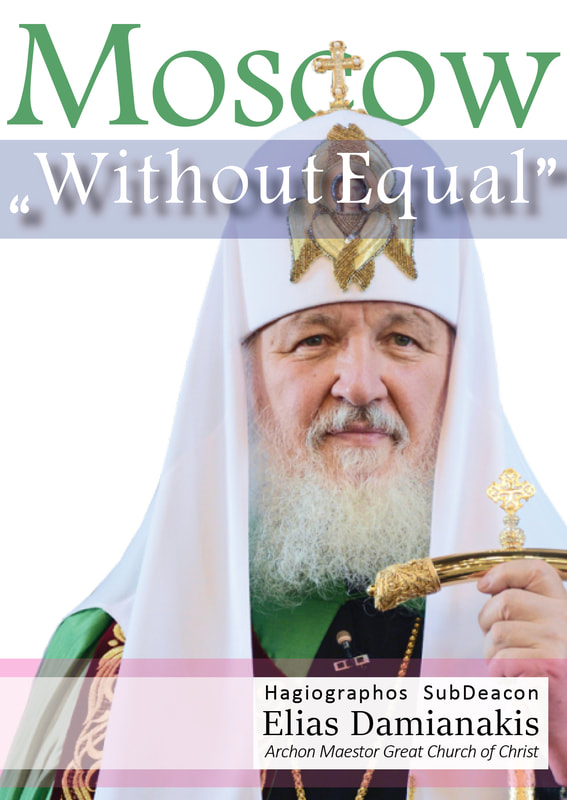
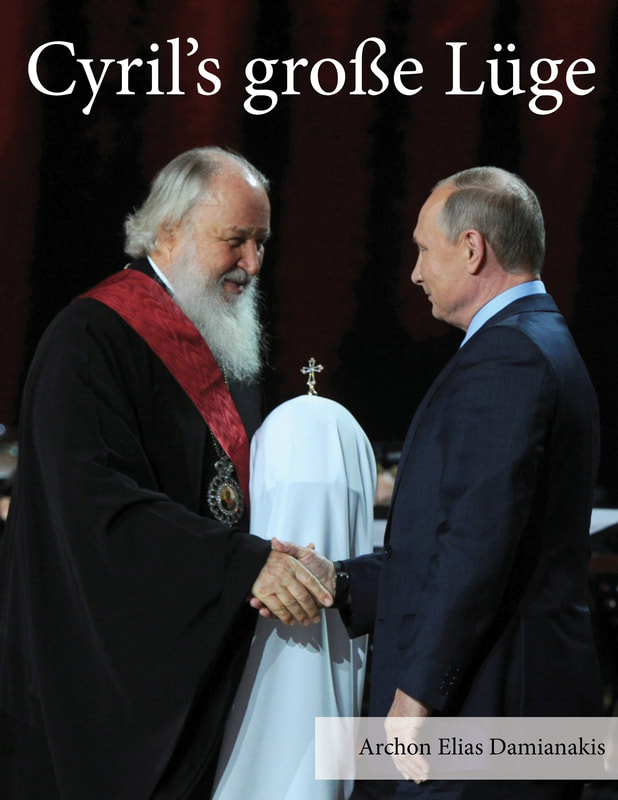
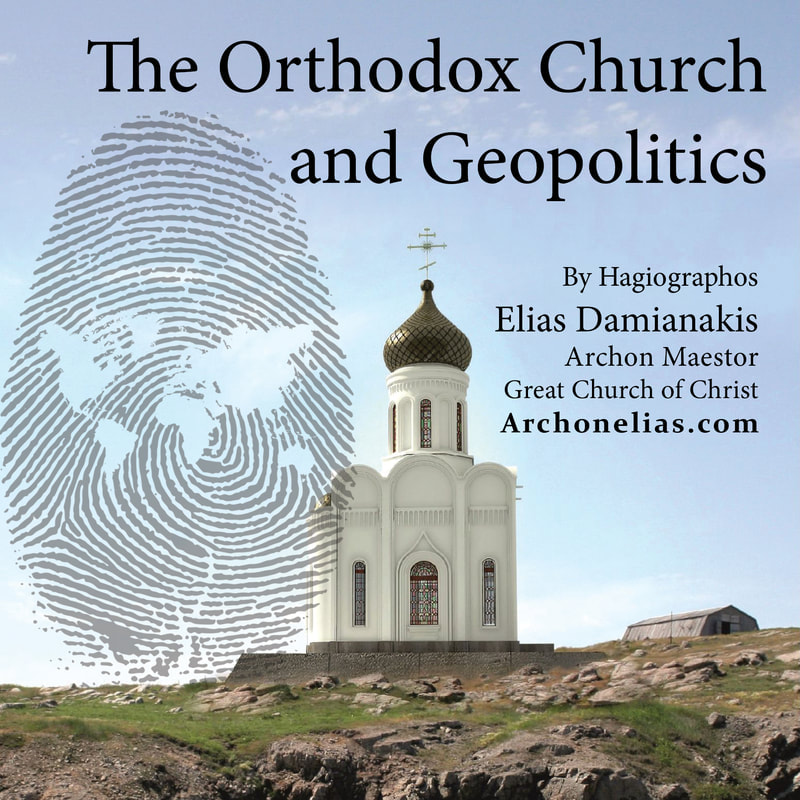
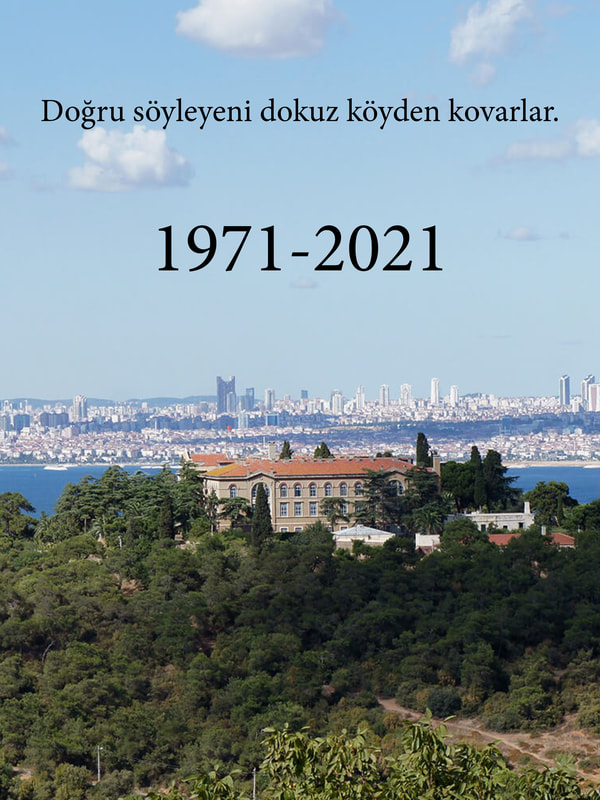
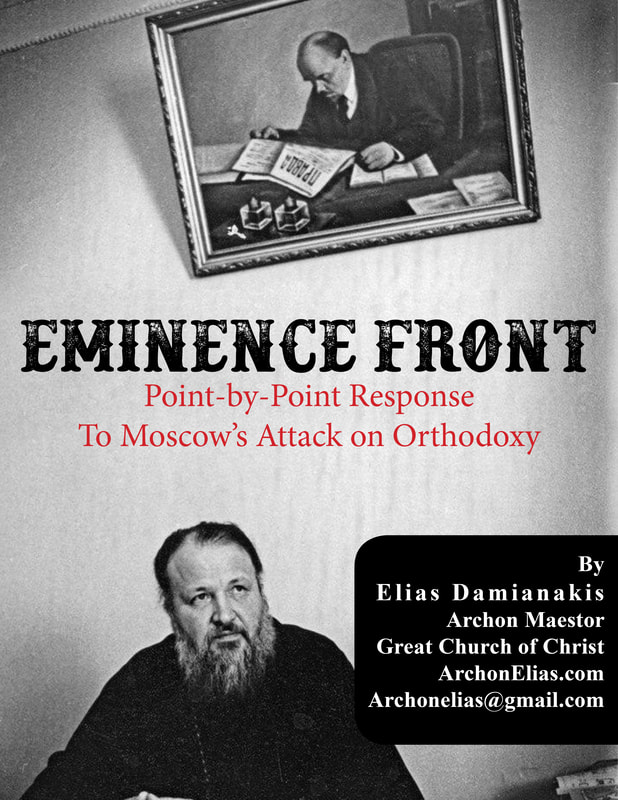
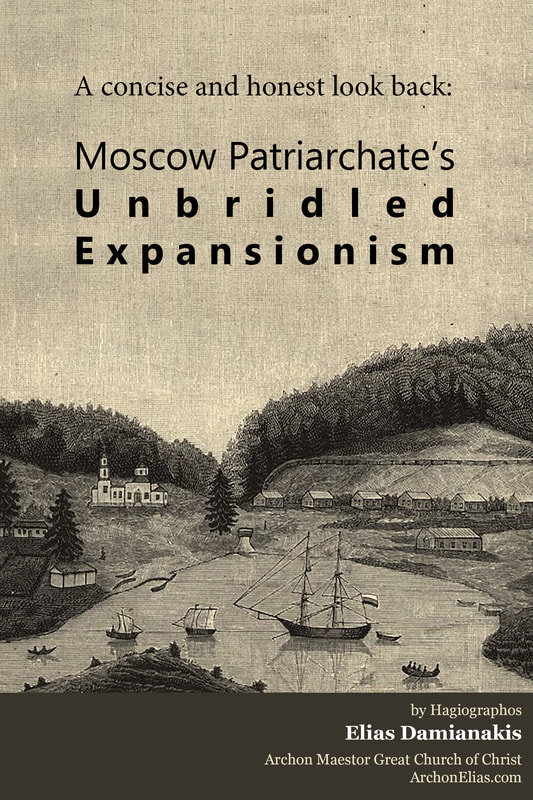
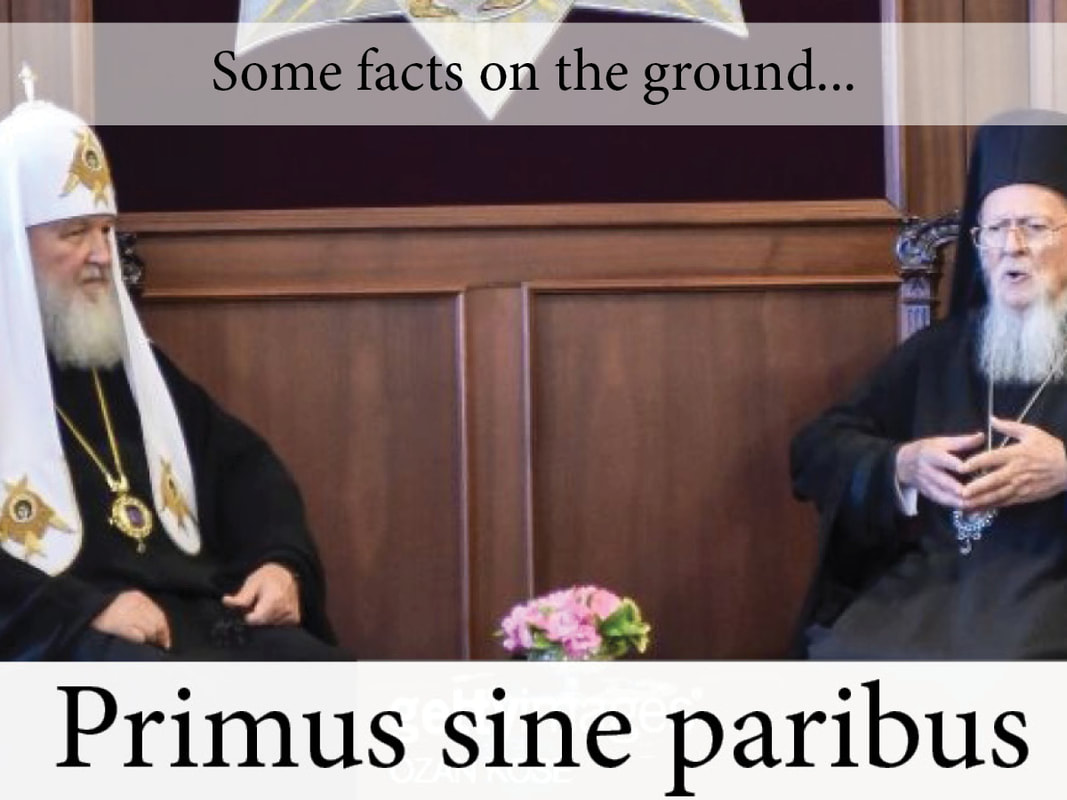
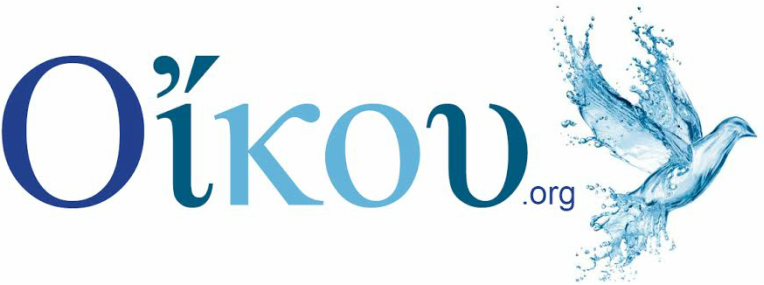
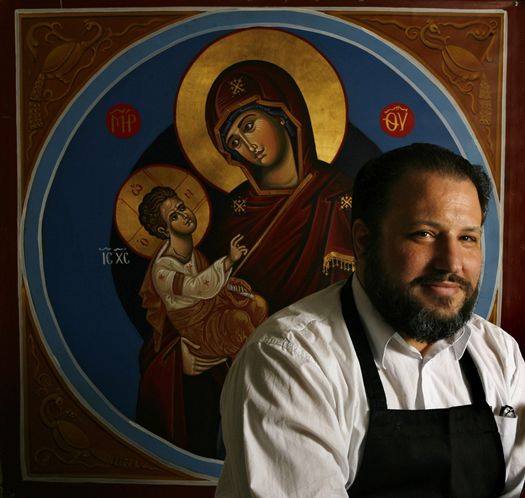
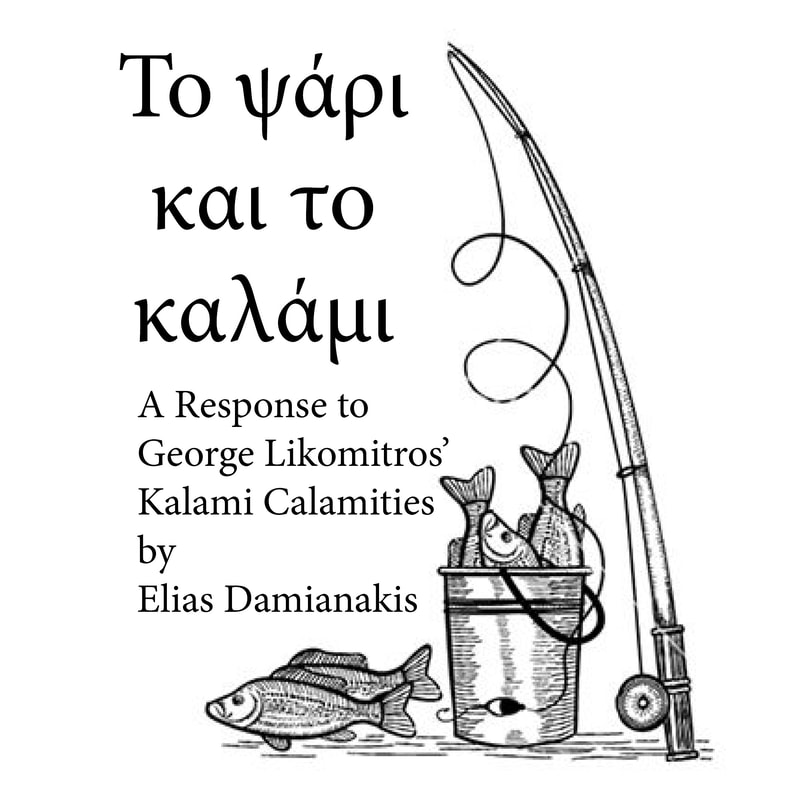
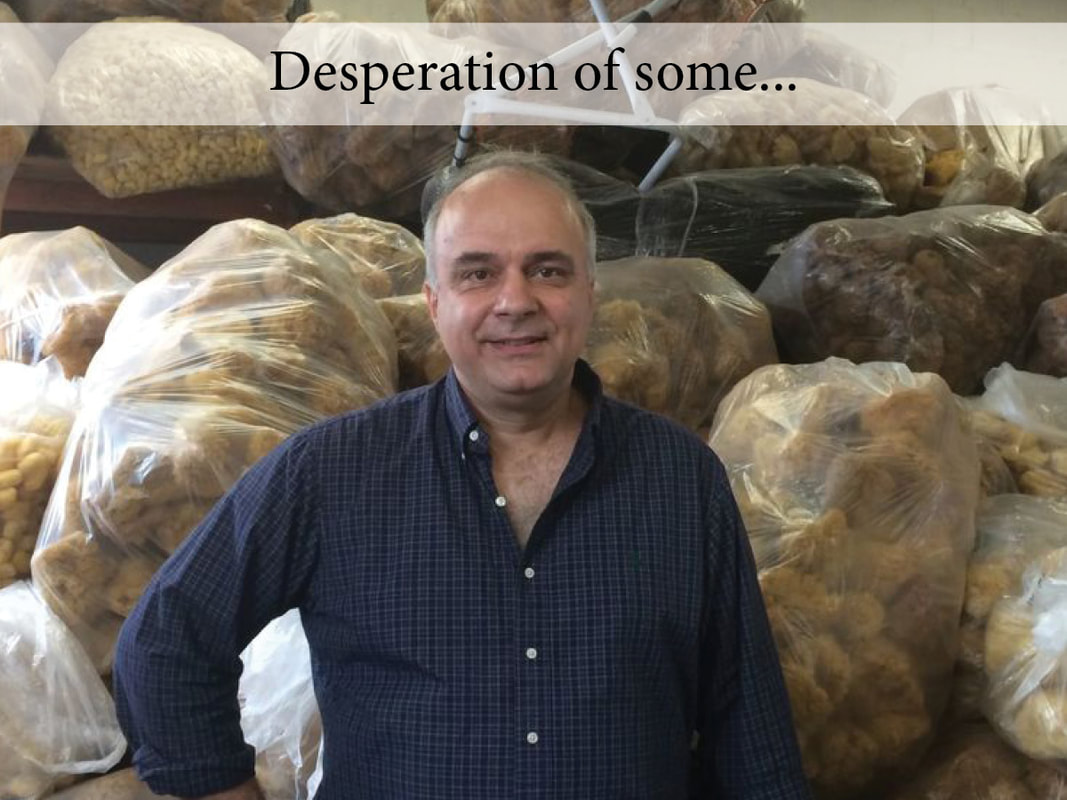
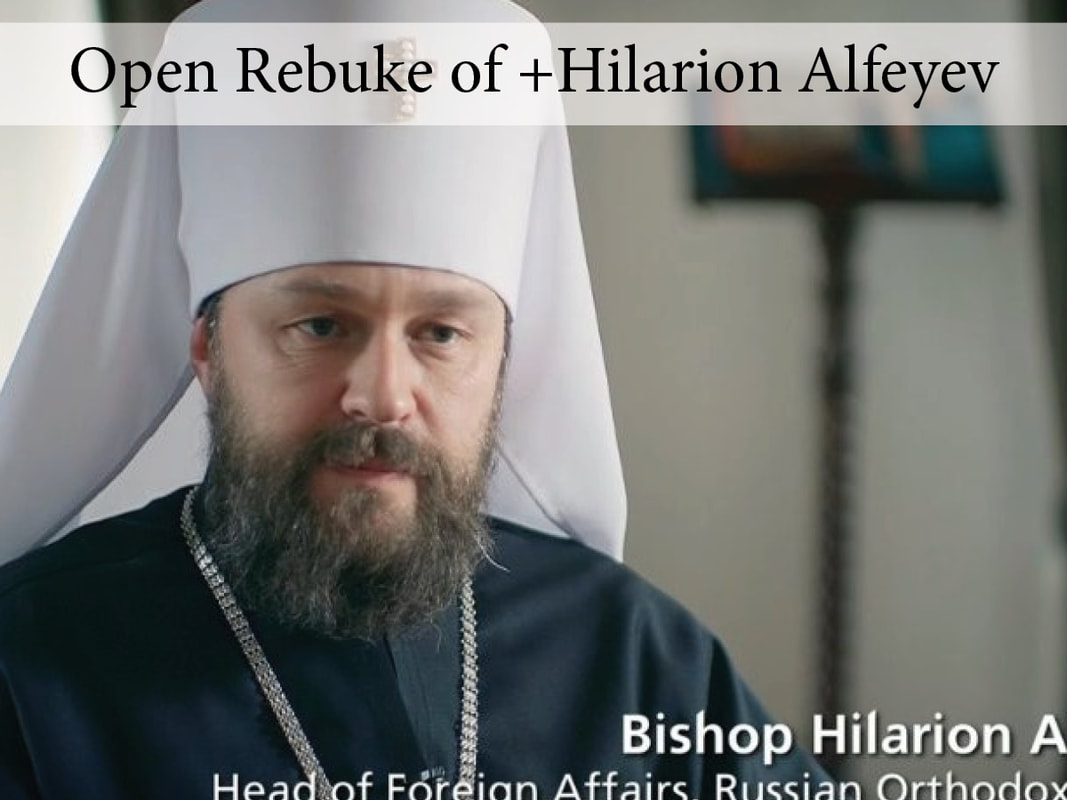
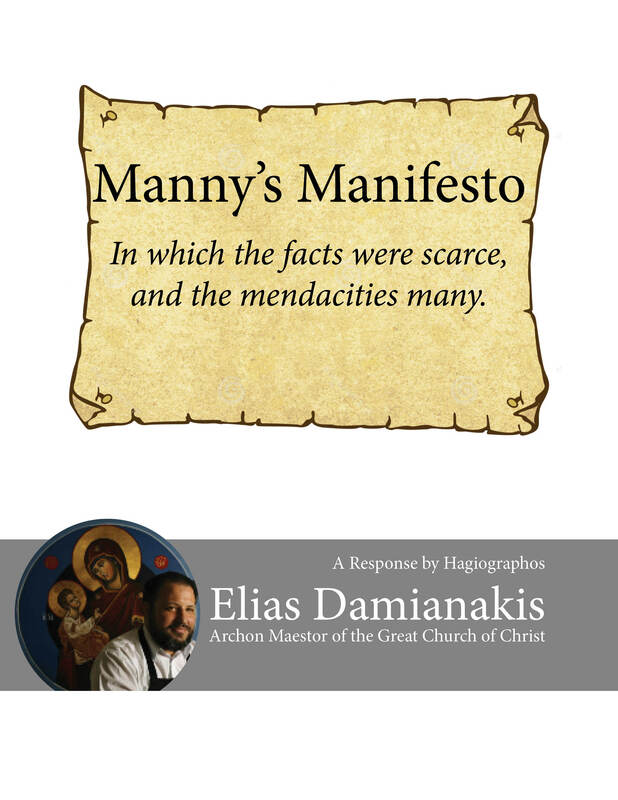
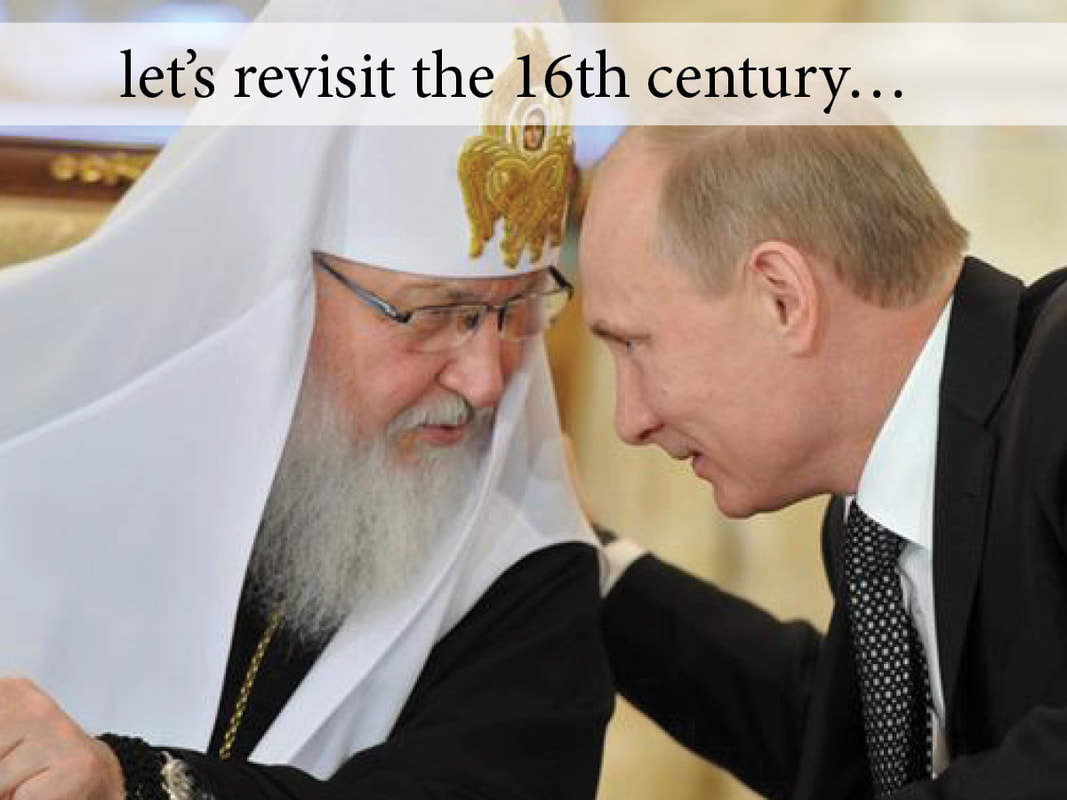
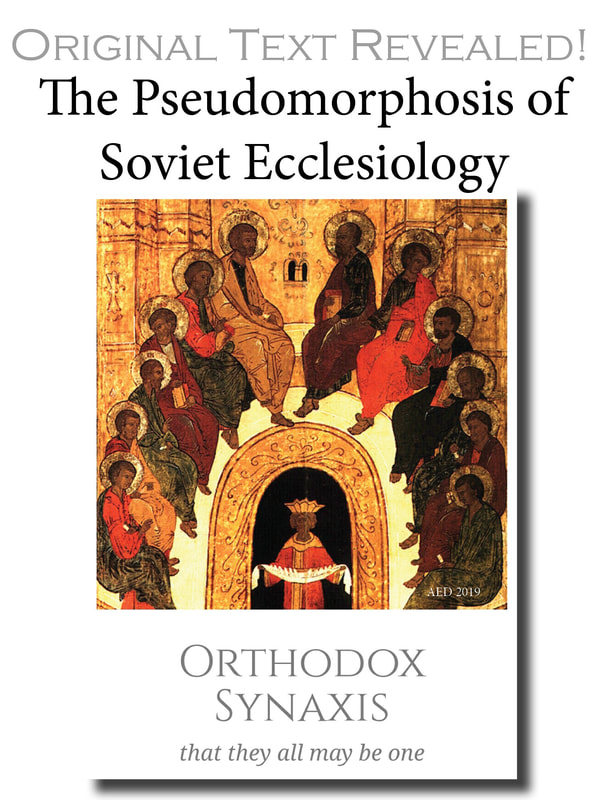
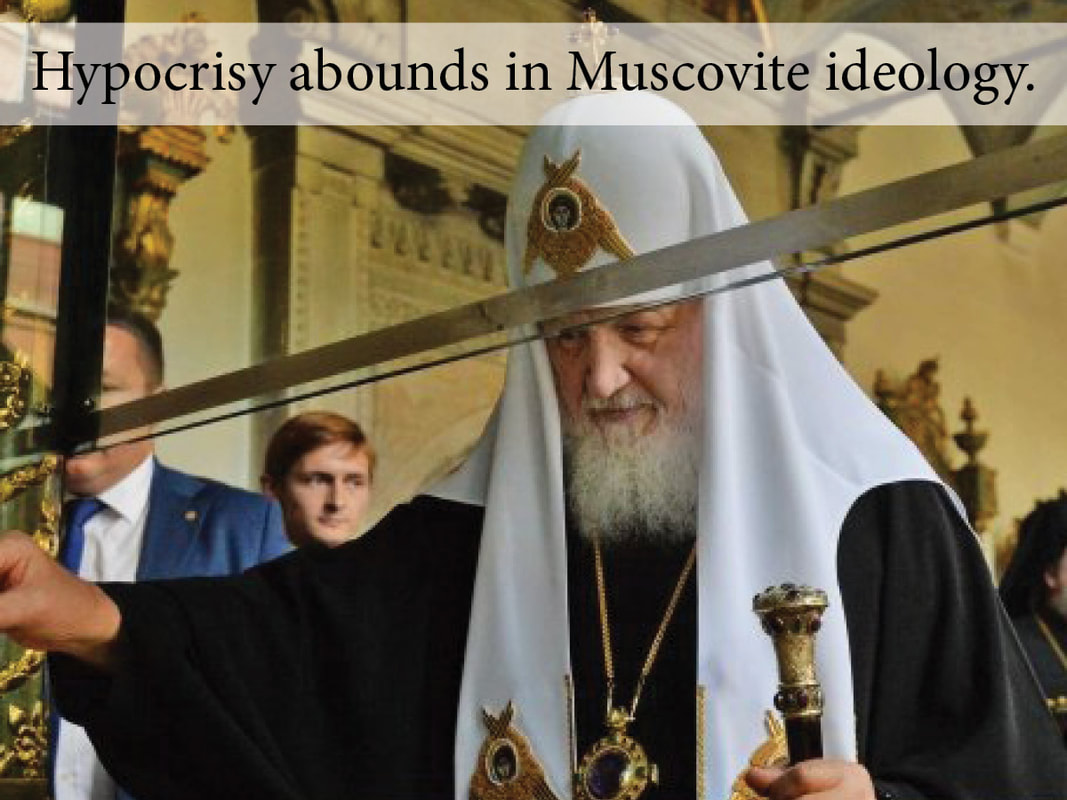
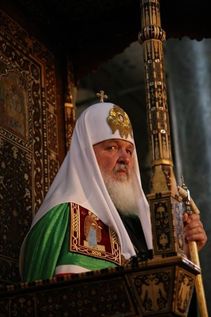
 RSS Feed
RSS Feed
